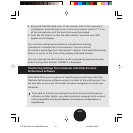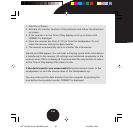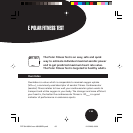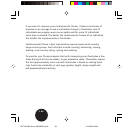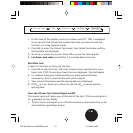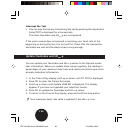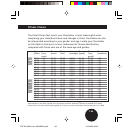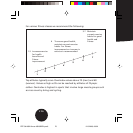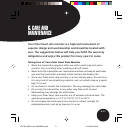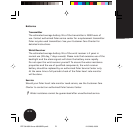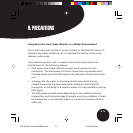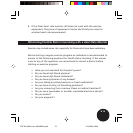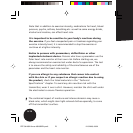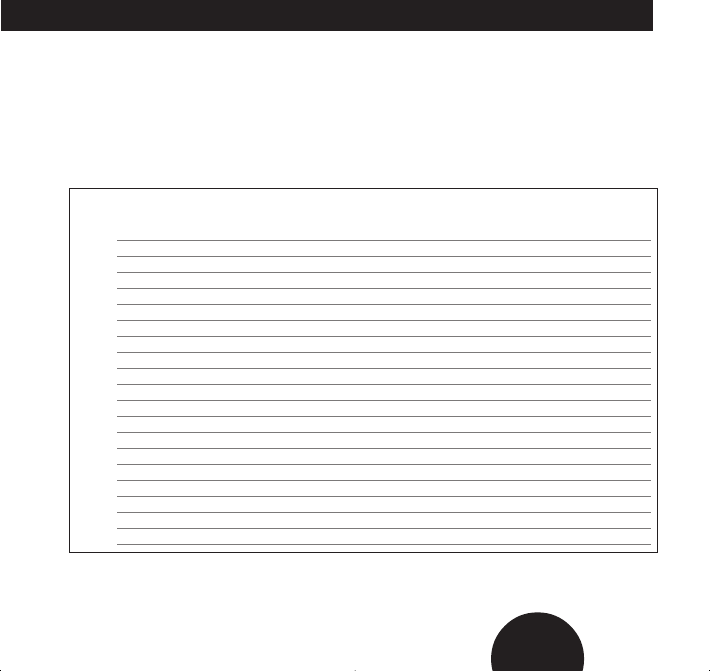
F 69
Age 1 2 3 4 5 6 7
(years) (very (poor) (fair) (average) (good) (very (excellent)
poor) good)
20-24 < 32 32-37 38-43 44-50 51-56 57-62 >62
25-29 < 31 31-35 36-42 43-48 49-53 54-59 >59
30-34 < 29 29-34 35-40 41-45 46-51 52-56 >56
35-39 < 28 28-32 33-38 39-43 44-48 49-54 >54
40-44 < 26 26-31 32-35 36-41 42-46 47-51 >51
45-49 < 25 25-29 30-34 35-39 40-43 44-48 >48
50-54 < 24 24-27 28-32 33-36 37-41 42-46 >46
55-59 < 22 22-26 27-30 31-34 35-39 40-43 >43
60-65 < 21 21-24 25-28 29-32 33-36 37-40 >40
20-24 < 27 27-31 32-36 37-41 42-46 47-51 >51
25-29 < 26 26-30 31-35 36-40 41-44 45-49 >49
30-34 < 25 25-29 30-33 34-37 38-42 43-46 >46
35-39 < 24 24-27 28-31 32-35 36-40 41-44 >44
40-44 < 22 22-25 26-29 30-33 34-37 38-41 >41
45-49 < 21 21-23 24-27 28-31 32-35 36-38 >38
50-54 < 19 19-22 23-25 26-29 30-32 33-36 >36
55-59 < 18 18-20 21-23 24-27 28-30 31-33 >33
60-65 < 16 16-18 19-21 22-24 25-27 28-30 >30
The classification is based on literature review of 62 studies where VO
2max
was measured directly in healthy
adult subjects in the USA, Canada and 7 European countries. Reference: Shvartz E, Reibold RC: Aerobic
fitness norms for males and females aged 6 to 75 years: a review. Aviat Space Environ Med; 61:3-11, 1990.
MENWOMEN
The Polar Fitness Test result, your OwnIndex, is most meaningful when
comparing your individual values and changes in them. OwnIndex can also
be interpreted according to your gender and age. Locate your OwnIndex
on the table to find your current cardiovascular fitness classification,
compared with those who are of the same age and gender.
Fitness Classes
PPP S410S210 man USAGBR A.pm6 12.3.2003, 08:3069



